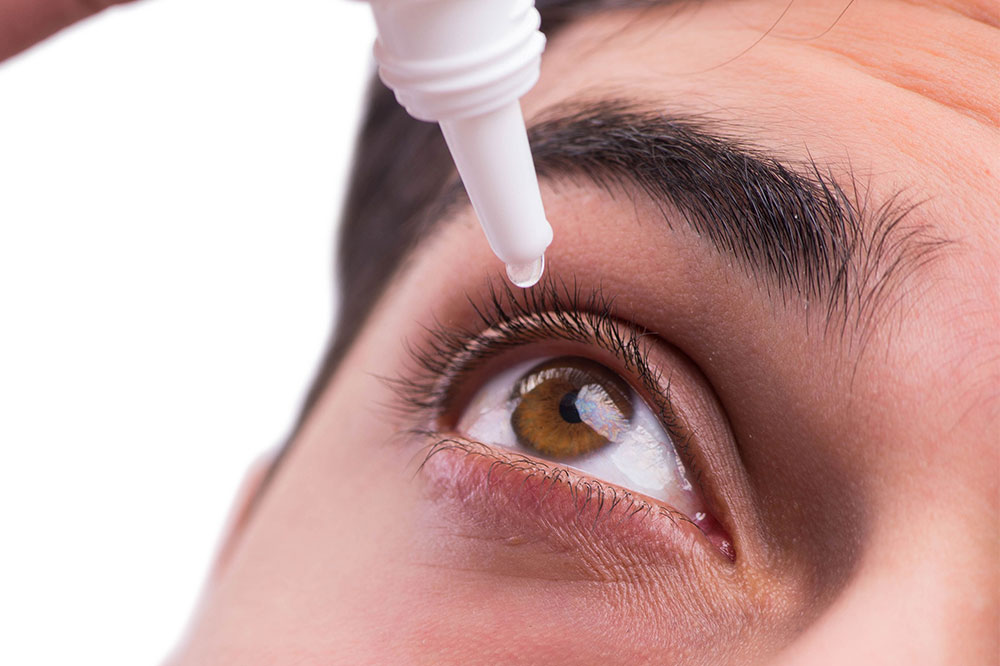
3 Types of Eye Drops for Soothing Dry Eyes
The eyes can become dry for several reasons. Staring at a computer for too long, excessive winds, a reaction to a medication, a health problem, even lack of sleep can cause dry eyes. This dryness can cause discomfort and a burning sensation, which can get quite annoying. Luckily, there are eye drops to deal with such situations. While they are useful, one must understand the common types of eye drops available for dry eyes.
1. Allergy drops
These are for people with symptoms such as watery, itchy, or red eyes. They are usually caused by agents like pet dander, molds, pollen, and other common allergens. Allergy drops contain an ingredient known as an antihistamine which can block histamines from affecting the person. It also prevents any symptoms of allergies. Also, modern eye drops called mast-cell stabilizers stop the body from creating histamines in its initial phase.
2. Anti-redness drops
Anti-redness drops are also called decongestant drops and help reduce the redness from the eyes. Some renditions of anti-redness eye drop also contain antihistamines, which offer relief from itchy eyes. Such drops also contain an ingredient called a vasoconstrictor, which shrinks the blood vessels on the eye’s surface. It’s what makes the redness disappear. However, using these drops excessively and for many days can amplify the symptoms. It will cause uncontrollable irritation in the eyes and make the redness worse. Moreover, regular use can also make a person dependent on eye drops. So, one must keep track of how many times they use anti-redness drops.
3. Artificial tears
These are one of the most common eye drops for dry eyes. As the name suggests, these drops mimic real tears based on a series of ingredients and combinations. They include properties like electrolytes, potassium, and sodium, which can heal the surface of the eye. They also include bacteria-repellent preservatives to keep them from growing on the bottle tops, eye-moisturizing lubricants, and guar gum, a substance that maintains moisture.
A lot of people prefer artificial tear drops because they are budget-friendly. However, it is important to note that there are instances where the said eye drops can worsen dry eyes. It’s because many people are allergic to preservatives. So, it’s best to avoid such preservative-loaded drops if it bothers them. They must also avoid it if they use eye drops several times a day and if affected by severe dry eye. Also, keep in mind that preservative-free eye drops come in single-use vials and tend to be more expensive than the others.
There will also be instances where dry, red, or itchy eyes require more care than eye drops have to offer. Therefore, we recommended speaking to a doctor before using eye drops or if the symptoms persist.



